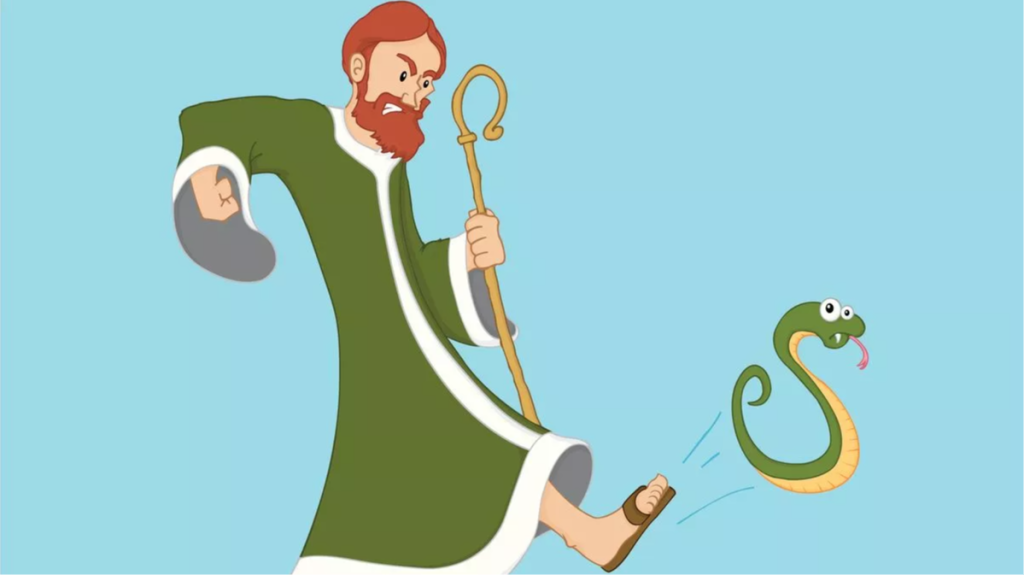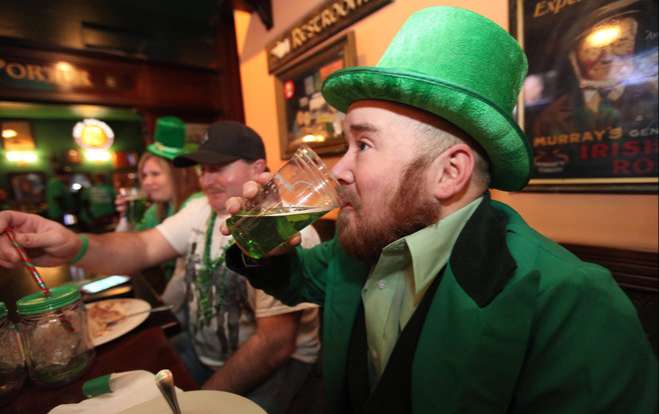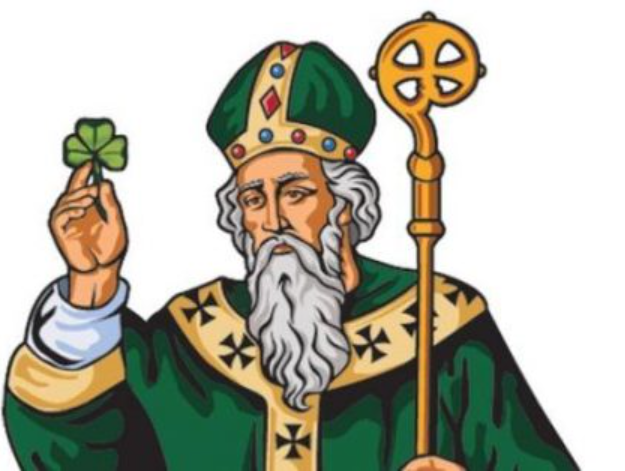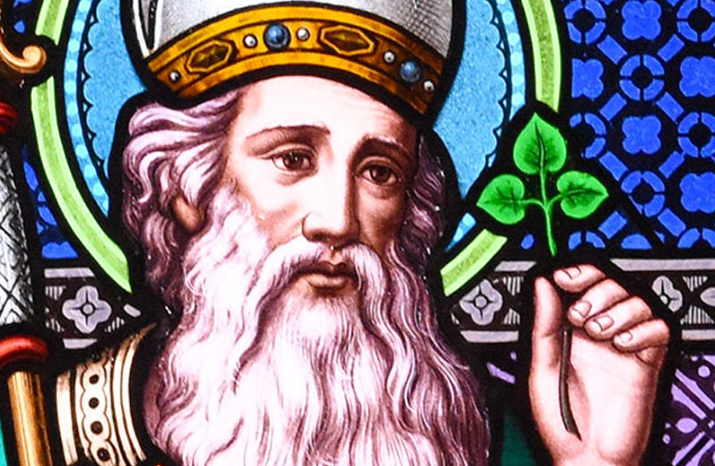Saint Patrick’s Day is a beloved holiday celebrated by millions around the world, often accompanied by parades, green attire, and cheerful festivities. However, like many holidays, Saint Patrick’s Day has its fair share of myths and misconceptions that have been perpetuated over time. As we gear up to celebrate this cultural and religious holiday, let’s take a closer look at some of the most common Saint Patrick’s Day myths that have been debunked.
Table of Contents
ToggleSaint Patrick Banished Snakes from Ireland
One of the most enduring myths surrounding Saint Patrick is the idea that he banished snakes from Ireland. However, this legend is more symbolic than factual. While it’s true that Ireland does not have any native snake species, scientific evidence suggests that this is due to the country’s geographical isolation rather than Saint Patrick’s actions. Snakes are believed to have never existed in Ireland after the last Ice Age due to the island’s separation from the mainland.

Saint Patrick’s Day is Only About Drinking
This is one of the reasons many people hate Saint Patrick’s Day. While Saint Patrick’s Day has become associated with revelry and drinking green beer for many, this holiday has deeper cultural and religious significance. Saint Patrick’s Day commemorates the arrival of Christianity in Ireland and honors Saint Patrick, the patron saint of Ireland. It’s a day to celebrate Irish culture, heritage, and the contributions of the Irish diaspora around the world. While some choose to indulge in alcoholic beverages as part of their celebrations, it’s important to recognize the holiday’s broader cultural and historical significance.

Saint Patrick’s Day is Celebrated Only in Ireland
While Saint Patrick’s Day is a national holiday in Ireland and is celebrated with great fervor, it’s also widely observed in countries around the world, including the United States, Canada, Australia, and beyond. Irish immigrants brought their traditions and customs with them wherever they settled, leading to the global spread of Saint Patrick’s Day celebrations. Today, cities across the globe host parades, festivals, and events to mark the occasion, showcasing the widespread appeal and influence of Irish culture.

Saint Patrick was Irish
This is one of the most confusing Saint Patrick’s Day facts. Contrary to popular belief, Saint Patrick was not Irish by birth. He was actually born in Roman Britain (now modern-day England or Scotland) in the late 4th century. At the age of 16, he was captured by Irish pirates and taken to Ireland as a slave, where he spent six years tending sheep. After escaping captivity, Saint Patrick returned to Britain, where he became a Christian priest before eventually returning to Ireland as a missionary. His efforts to spread Christianity throughout Ireland earned him the title of the patron saint of the country.

Saint Patrick Used the Shamrock to Explain the Holy Trinity
One of the enduring legends associated with Saint Patrick is that he used the shamrock, a three-leafed clover, to explain the concept of the Holy Trinity (Father, Son, and Holy Spirit) to the Irish people. While this story has become ingrained in Saint Patrick’s Day lore, there is limited historical evidence to support it. The association between Saint Patrick and the shamrock likely developed over time as a symbol of Irish identity and cultural pride.

As we celebrate Saint Patrick’s Day, it’s important to separate fact from fiction and appreciate the holiday’s rich history and cultural significance. While myths and legends may add to the mystique of the holiday, understanding the true origins and traditions behind Saint Patrick’s Day allows us to honor its heritage with authenticity and reverence. So, whether you’re donning your finest green attire, enjoying a traditional Irish meal, or raising a toast to Saint Patrick, take a moment to reflect on the real stories and people that have shaped this beloved holiday. Happy Saint Patrick’s Day!












+ There are no comments
Add yours